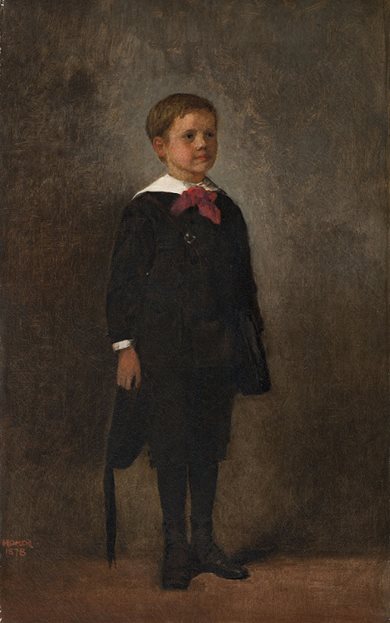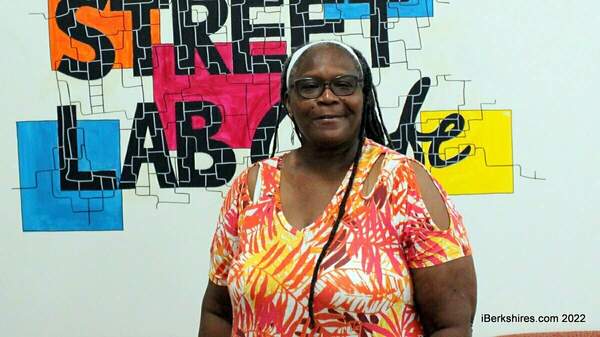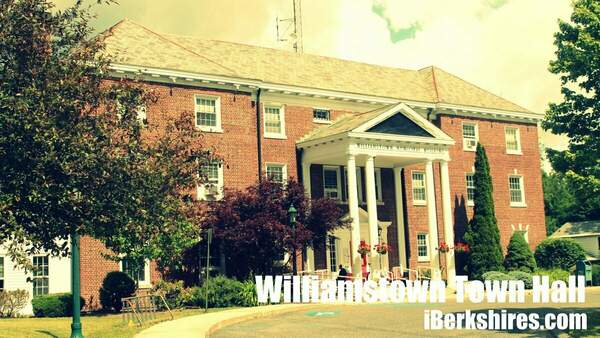Clark Art Receives Never-Exhibited Winslow Homer Painting
 Winslow Homer (American, 1836-1910), Charles Prentice Howland, 1878. Winslow Homer (American, 1836-1910), Charles Prentice Howland, 1878. |
WILLIAMSTOWN, Mass. — The Clark Art Institute recently received the gift of a significant, rare commissioned portrait by Winslow Homer.
"Charles Prentice Howland (1878)," an oil painting that has never been publicly exhibited, was donated to the Clark by the sitter's granddaughter, Susan Montgomery Howell. The painting, which had remained with the family since 1878, will be on view at the Clark beginning Dec. 12.
"We are grateful to Susan Montgomery Howell and her family for giving the Clark this important, little-known painting, which will now be enjoyed by the public. I have long known Charles Prentice Howland's namesake, C.P. Howland, so it is a true delight that this wonderful connection has brought us together," said Clark Director Michael Conforti. "This portrait fits in beautifully with the Clark's collection of works by Winslow Homer and further enriches the depth of our holdings of Homer's works."
The painting was donated by Susan Montgomery Howell in memory of her mother Esther Howland Montgomery, and her uncles Henry Howland and David Howland. Howell cites the Clark's dual role as a museum and center for research and education as an important factor in choosing the Institute to receive the painting.
"I am gratified that this unusual portrait adds another dimension to the Clark's rich holdings of works by Winslow Homer," Howell said. "I am thrilled that the painting will be available to researchers and on view for the Clark's many visitors to enjoy.
"It is a wonderful feeling to have this important piece of my family's history cared for by the professional and sensitive staff at the Clark Art Institute," Howell continued. "The Clark's commitment to scholarship — including Marc Simpson's catalogue of the museum's Homer collection, its affiliation with and proximity to the Williamstown Art Conservation Center, and its reputation for curatorial excellence — made the institute the right choice."
In the portrait, Winslow Homer paints the 9-year-old Charles Howland somberly dressed for school, standing stiffly and perhaps impatiently as he poses for the artist. He holds a tasseled hat in his right hand and carries a book bag over his shoulder; his black jacket, knee breeches, and laced boots provide a stark contrast to his white collar and red tie. Homer focuses on the boy's sharply illuminated face, which he paints with characteristic subtlety and economy, placing the figure against a plain background. During the 1870s Homer often painted and drew children, most often as anonymous boys and girls playing, lounging, or engaged in chores. Such endearing subjects offered audiences a positive image of American youth in the difficult years following the Civil War.
This painting is unusual in being a commissioned portrait, a genre in which Homer rarely engaged. It undoubtedly resulted from the artist's long friendship with the boy's father Henry, a prominent New York judge, and the boy's uncle, the artist Alfred Howland, both of whom Homer had befriended in Boston in the mid-1850s. In 1860 Homer made bust portraits in watercolor of both Henry and Alfred. Charles Prentice Howland (1869–1932) attended Harvard and Yale universities and became a prominent lawyer in New York. He was also a diplomat, serving on advisory councils for the League of Nations and the Council on Foreign Relations. He died unexpectedly in 1932 when he was struck by a vehicle after leaving a Yale football game.
The Clark is located at 225 South St. Galleries are open Tuesday through Sunday, 10 to 5. Admission is free through Dec. 31, 2014 ($10 for the Monet | Kelly exhibition) and free year-round for Clark members, children 18 and younger, and students with valid ID. For more information, visit clarkart.edu or call 413-458-2303.
Tags: Clark Art, painting,















